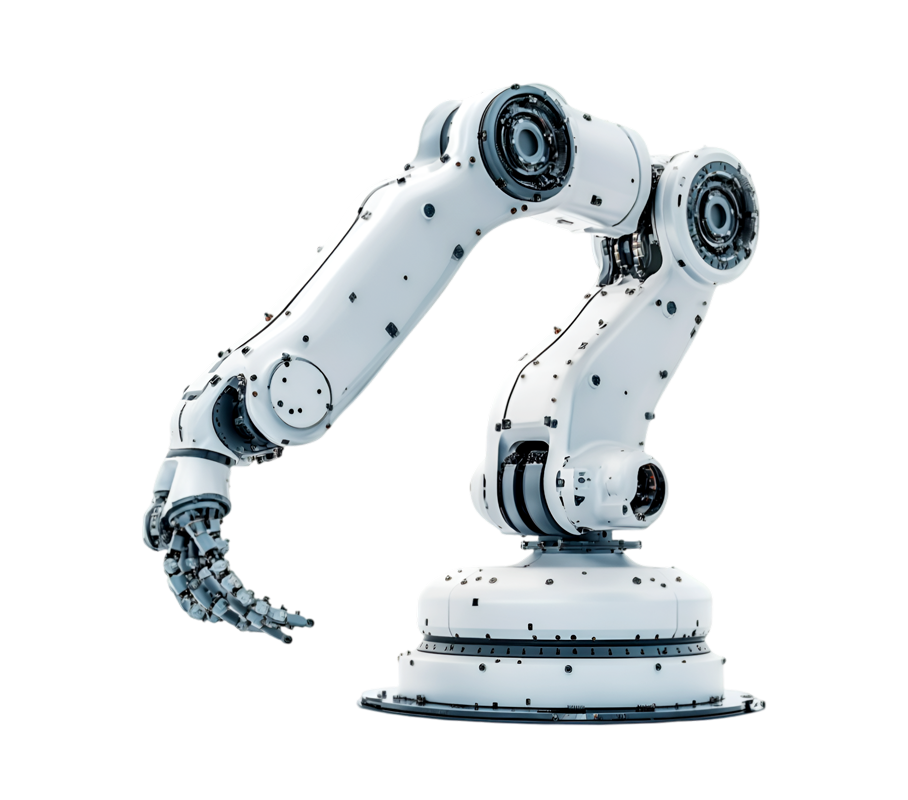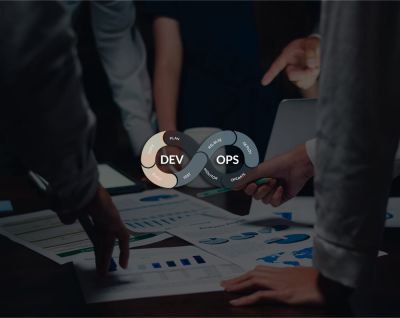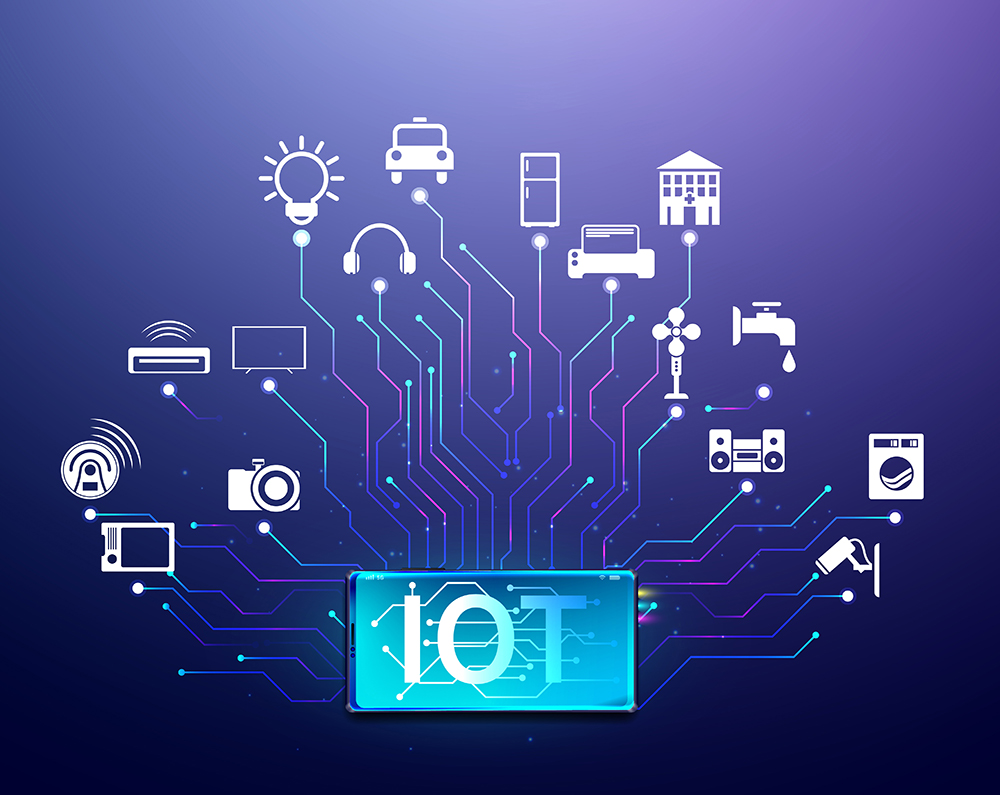

THE AUTHOR
Manoj Bonam
Chief Technology Officer
The rapidly evolving Robotic Process Automation market is making the technology accessible to companies of all sizes
The age of Robotic Process Automation (RPA) is upon us, and no matter what size your company is or what industry you’re in, this technology can significantly improve your business operations.
Just look at an example from Scandinavian Logistics Partners AB (Scanlog), a fast growing logistics company specializing in international transports. According to a Business Wire report, after embracing RPA to help transform its order booking process, Scanlog’s Average Handling Time (AHT) per customer order went from 4 minutes to just 20 seconds. In addition, Scanlog achieved a 15% Return on Investment within 2 months by automating this process.
Scanlog’s success with RPA is just one example of how companies are leveraging this technology to digitally transform business operations and achieve significant, tangible results. Think of RPA as a virtual workforce – one consisting of software robots that emulate human execution of mundane, repetitive tasks via existing User Interfaces (UI) – this means that you can implement RPA without rebuilding your existing infrastructure and with minimal involvement from your IT team.

It should also be noted that these bots do not require a costly investment in new infrastructure for your existing applications. Rather, they sit alongside your core applications and technologies, interfacing with them exactly as a human would, and because the bots interact with various systems through the UI, RPA can work with your legacy and/or bespoke IT systems without a costly IT spend for systems integration.
It may take time for company executives to become familiar with RPA and its functions. It’s important to understand that a robotic workforce is like a human workforce in that it typically contains 3 components: Robots (both attended and unattended), Robot Manager and Robot Trainer. Just like when you hire a new employee, you need to train your Robot on your business processes before it can be productive. What’s great about most RPA software is that it’s relatively low-code, and easy to learn and use, which allows a trained business user with no IT background to write simple scripts to automate processes.
With RPA’s core capabilities, software robots are often deployed to automate the following: data entry (order, invoice, etc.); posting documents into the system; running and downloading reports; preparing a template; getting user inputs; reconciling data; applying static business rules; reading and replying to email; and other tasks.
RPA has well-documented benefits, including: reducing manpower costs as each software “robot” costs only a fraction of a FTE; increasing speed to market as the software “robots” execute tasks instantaneously; eliminating risk of human error; ensuring regulatory compliance; improving productivity as the software “robots” operate 24/7 with minimal downtime; flexibility to scale up and down the robotic operations, depending on business requirements; and more.

Before implementing RPA, you should first conduct a process feasibility assessment. This is the first area where a proven partner like Korcomptenz can help. We can partner with you to identify good candidate processes based on some of these attributes: rule-based; high transaction volumes; low exceptions; stable and well-defined processes; low system change; and structured data and readable electronic inputs.
Once we determine processes that are a good fit, we will continue working with you to procure industry-leading software like Automation Anywhere and develop your first round of bots. Even better, the assessment and a proof of concept are entirely complimentary for qualified customers. Contact Us today for a free consultation and discussion on your first proof of concept.





